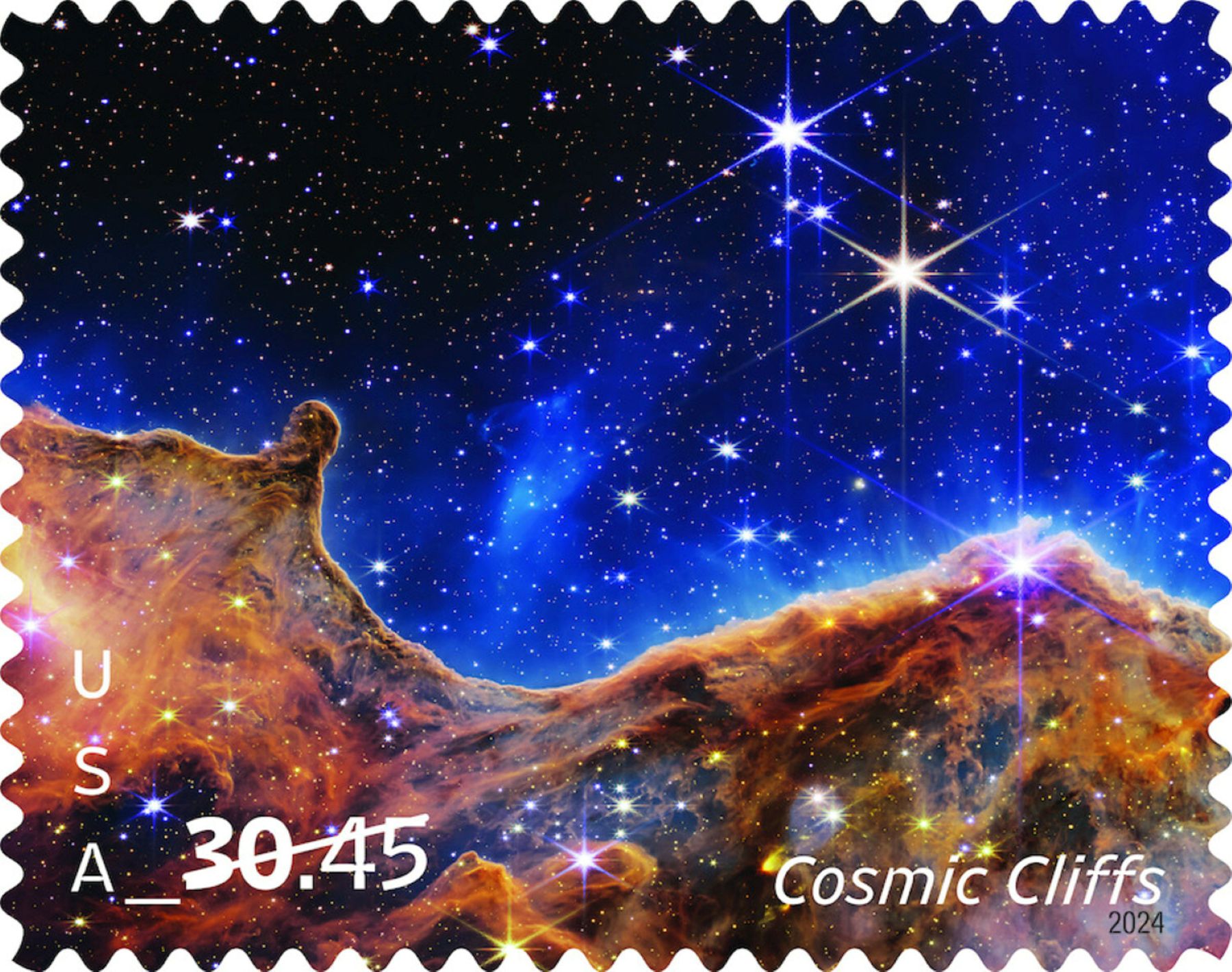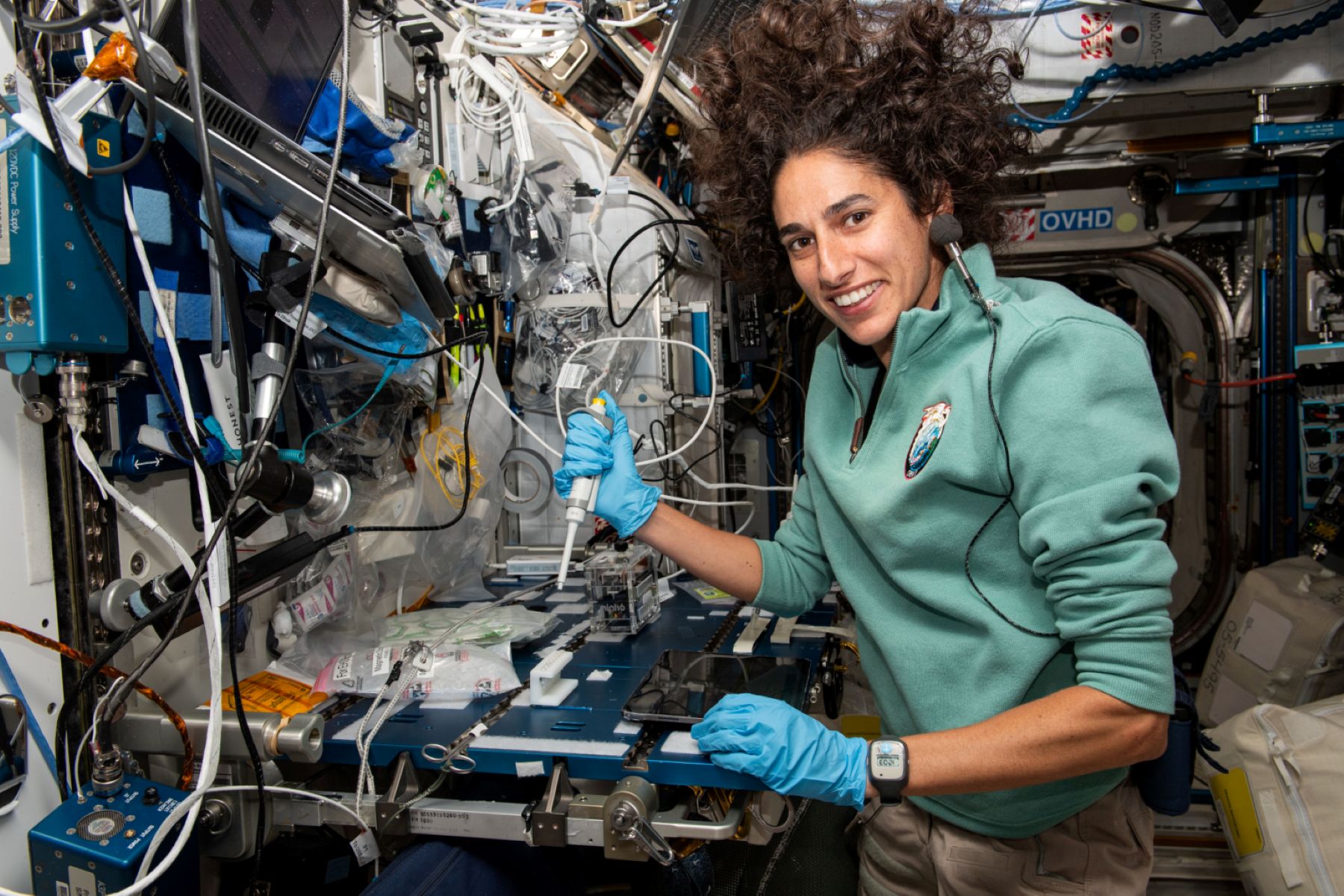Hubble Lights the Way with New Multiwavelength Galaxy View

The magnificent galaxy featured in this NASA/ESA Hubble Space Telescope image is NGC 1559. It is a barred spiral galaxy located in the constellation Reticulum, approximately 35 million light-years from Earth. The brilliant light captured in the current image offers a wealth of information.
This picture is composed of a whopping ten different Hubble images, each filtered to collect light from a specific wavelength or range of wavelengths. It spans Hubble’s sensitivity to light, from ultraviolet through visible light and into the near-infrared spectrum. Capturing such a wide range of wavelengths allows astronomers to study information about many different astrophysical processes in the galaxy: one notable example is the red 656-nanometer filter used here. Ionized hydrogen atoms emit light at this particular wavelength, called H-alpha emission. New stars forming in a molecular cloud, made mostly of hydrogen gas, emit copious amounts of ultraviolet light that the cloud absorbs, ionizing the hydrogen gas causing it to glow with H-alpha light. Using Hubble’s filters to detect only H-alpha light provides a reliable way to detect areas of star formation (called H II regions). These regions are visible in this image as bright red and pink patches filling NGC 1559’s spiral arms.
These ten images come from six different Hubble observing programs, spanning from 2009 all the way up to 2024. Teams of astronomers from around the world proposed these programs with a variety of scientific goals, ranging from studying ionized gas and star formation, to following up on a supernova, to tracking variable stars as a contribution to calculating the Hubble constant. The data from all of these observations lives in the Hubble archive, available for anyone to use. This archive is regularly used to generate new science, but also to create spectacular images like this one! This new image of NGC 1559 is a reminder of the incredible opportunities that Hubble provided and continues to provide.
Along with Hubble’s observations, astronomers are using the NASA/ESA/CSA James Webb Space Telescope to continue researching this galaxy. This Webb image from February showcases the galaxy in near- and mid-infrared light.





